By: Deanna Sclar and
Updated: 12-01-2021
From The Book: Auto Repair For Dummies, 2nd Edition
Explore Book Buy On Amazon
Having a flat tire and not knowing how to change it can leave you feeling helpless. With a few simple tools, you can do it yourself. Changing a tire is easy, and everyone should have a general idea of what's involved. Here are the steps:
Never change a tire on an incline or hill; always seek a flat surface, even if it means driving on a flat tire. Use bricks, wooden wedges, or metal wheel chocks to block the wheels at the opposite end of the car from the end that is to be raised.
You can use a screwdriver to pry the wheel cover off. Just insert the point of the tool where the edge of the cover meets the wheel, and apply a little leverage. The cap should pop off. You may have to do this in a couple of places, as if you were prying the lid off a can of paint.
You might know this as breaking the lug nuts. Whatever you call it, find the end of the wrench that fits the lug nuts on your vehicle, and fit it onto the first nut. Apply all your weight to the bar on the left. This starts turning the nut counterclockwise, which loosens it. Don‘t remove the lug nuts completely; just get them loose enough to remove by hand after you jack up the vehicle. A hollow pipe and a cross-shaft wrench can loosen the tightest lug nuts.
If you have alloy wheels that are held on by lug nuts with delicate finishes, the delicate aluminum or chrome-plated lug nuts need careful handling.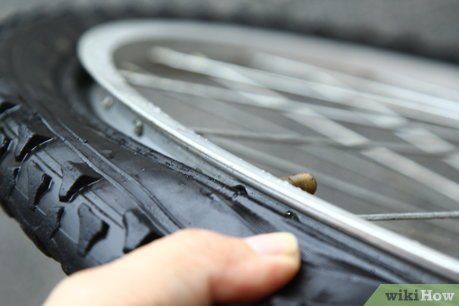 They should never be loosened or replaced with power tools that can scratch the delicate finish.
They should never be loosened or replaced with power tools that can scratch the delicate finish.
Place the jack securely under the edge of the car. Proper locations may vary among vehicle models, so consult the owner’s manual for the right places to put the jack.
If you have a scissor jack (see image a), insert the rod or wrench over the knob, and then crank. If you have a hydraulic jack (see image b), place the handle into the appropriate location and pump up and down. Use nice, even strokes, taking the jack handle from its lowest point to its highest point on each stroke to cut down on the labor involved.
Take the lug nuts completely off by hand and put them in a safe place — inside the wheel cover or hub cap works well. Grasp the flat tire with both hands and pull it straight toward you. As you pull the flat off, it should slide along the bolts until it clears the end of the bolts and you find yourself supporting its full weight. Roll the flat along the ground to the rear of the vehicle to get it out of the way.
As you pull the flat off, it should slide along the bolts until it clears the end of the bolts and you find yourself supporting its full weight. Roll the flat along the ground to the rear of the vehicle to get it out of the way.
Because tires are heavy, you may have a little trouble lifting the spare into place — especially if you’re not accustomed to lifting heavy things.
Give each lug nut a jolt with the wrench to get it firmly into place, but wait until the car is on the ground before you really try to tighten the lug nuts.
After the vehicle is resting on the ground, use the lug wrench to tighten the lug nuts as much as you can.

If your car has wheel covers with a delicate finish, the owner’s manual should provide instructions for replacing it. If your car has hubcaps, place the hubcap against the wheel and whack it into place with the heel of your hand. Cushion your hand with a soft rag first so that you won’t hurt it. And don’t hit the hubcap with a wrench or hammer — you’ll dent it.
Deanna Sclar is an acclaimed auto repair expert. She has appeared on hundreds of radio and TV shows, including NBC's Today show and the NBCNightly News. Sclar lectures internationally on the ecological impact of vehicles and is active in promoting residential solar energy programs. Sclar is also the author of Buying a Car For Dummies.
Sclar is also the author of Buying a Car For Dummies.
Nobody knows when the need may suddenly arise to change a tyre at the side of the road. It can happen at any time, on any road and in any weather. Despite our safest driving behaviour we simply cannot predict when we will suddenly hear the flapping sound of a flat tyre.
We may have the option of calling for roadside assistance, but it could take an hour for the nearest recovery vehicle or mobile tyre fitting service to arrive. This may leave you sitting stranded in the cold in an area you might rather prefer getting away from.
Car manufacturers have made changing a tyre a simple process that all of us should be able to perform - it is however necessary that we are informed and prepared to do it in a manner that does not compromise our safety or that of our vehicles.
In this section we would like to familiarize ourselves with the safest procedure to follow when changing a tyre. It is always best to know beforehand how to change a tyre!
The first step towards changing a tyre safely is to be prepared. It's a good idea to get your car serviced before heading out on a road trip. Part of the check-up should include a look at the tyres and the spare tyre in the boot of your car! Your spare should be in perfect condition – the correct pressure, good tread and showing no signs of deterioration.
Look for any unevenly worn spots, or skimpy tread. If the tyres are iffy, rather replace them. It's better to start out on a trip with tyres in a good condition than have a blow-out in the middle of nowhere.
Rotating your tyres at manufacturer's recommended intervals can prevent a common problem when changing a flat. Sometimes the wheels will seize to the hub, resulting in great difficulty in removal of the flat tyre. If this happens, you will need a sledge hammer or piece of wood to remove a seized wheel rim. Rotating your tires will prevent this from happening when you do have to change a tyre. Go for regular wheel balancing and wheel alignment!
If this happens, you will need a sledge hammer or piece of wood to remove a seized wheel rim. Rotating your tires will prevent this from happening when you do have to change a tyre. Go for regular wheel balancing and wheel alignment!
If you haven't changed a tyre before, consider a training run. Choose a dry day, a flat surface and when you've got plenty of time. Familiarise yourself with the points underneath the vehicle where the jack needs to be placed. Inspect your gear thoroughly – make a point to do it at each car service – and replace anything that’s worn, rusted or out-of-date.
Check your owner's manual to familiarize yourself with all the tools made available by the car manufacturer. It only takes a few minutes to make sure you have all the tools, and you'll save yourself a big headache later if you find yourself on the side of the road with a flat.
You will need the following to change a tyre safely
The most important however to have with you is lots of common sense and safety awareness!
The most important consideration is safety awareness with regards to your location and the threats posed by traffic around you! There are hundreds of people killed each year while changing a tyre on the side of the road. When you get a flat tyre it’s normally at the most inconvenient time and place possible. You could be in the dark, the rain, or on the side of the highway.
When you get a flat tyre it’s normally at the most inconvenient time and place possible. You could be in the dark, the rain, or on the side of the highway.
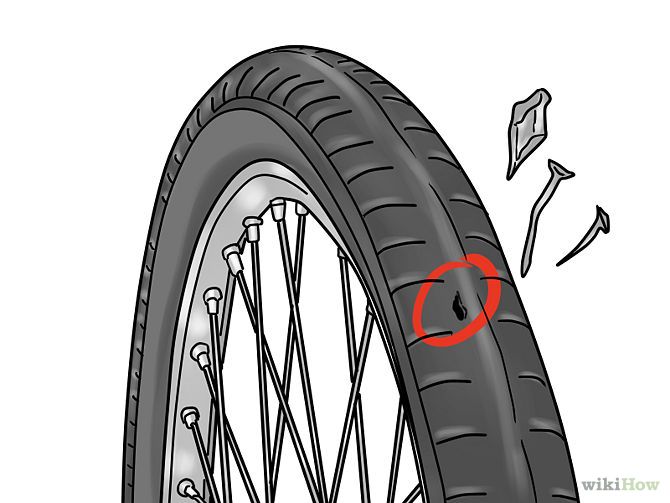
Don’t step out onto the road. If it’s dark, you’re unsure if you can change it yourself, or you’re a female travelling alone it might be a good idea to call for roadside assistance anyway.
Even though vehicles may differ in many aspects, the tyre change required for nearly all passenger vehicles should include the following steps:
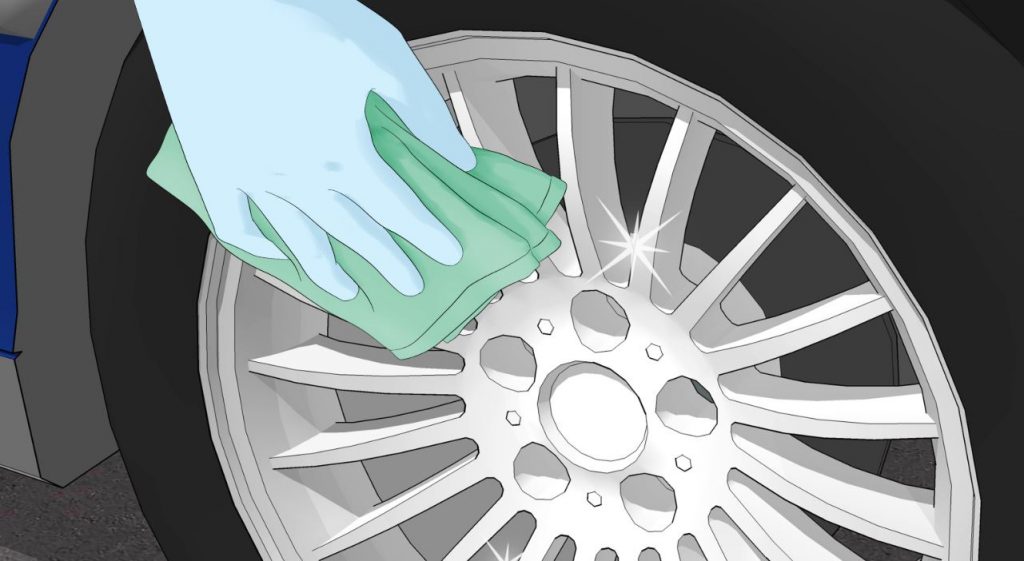 g., rock, concrete, spare wheel, etc.) against the front or back tyres to block possible vehicle movement forward or backwards.
g., rock, concrete, spare wheel, etc.) against the front or back tyres to block possible vehicle movement forward or backwards.
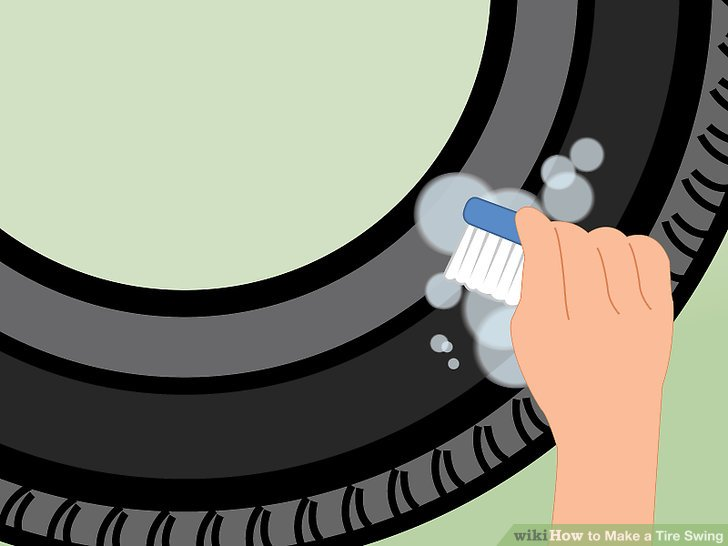 Having the wheel on the ground means that you're turning the nuts instead of the wheel.
Having the wheel on the ground means that you're turning the nuts instead of the wheel.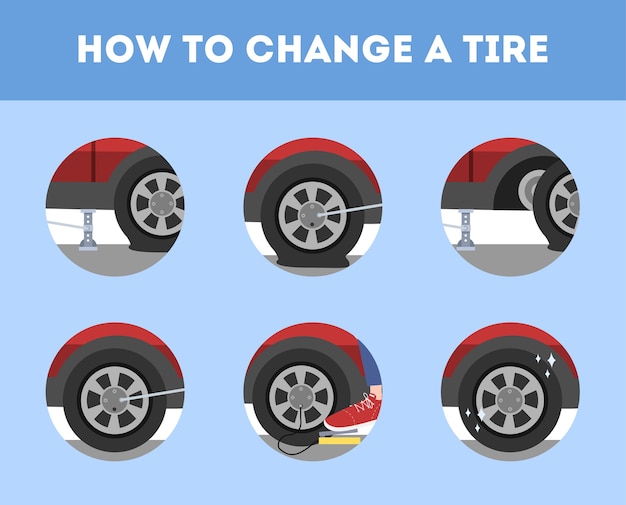


Re-enter traffic safely and drive with extra caution. Even though you may have reason for confidence in your tyre changing abilities, rather be on the safe side heading to your destination.
Many spare tyres aren't designed for long-term use or for maximum speeds. Exceeding appropriate speed can cause problems, including failure of the spare tyre. It is best to drive slower than normal and immediately head to a tyre dealership or repair shop to find a replacement tire.
As you drive keep in mind that your tyre might not be fully inflated and your wheel balancing and wheel alignment might be distorted.
Loading...
We should always do our best to be prepared to respond to any emergency. Even though we may not be trained medical professionals there are often small bits of assistance we can provide with first aid and effective and fast response to smaller emergencies. We always advise motorists to travel with
Even though we may not be trained medical professionals there are often small bits of assistance we can provide with first aid and effective and fast response to smaller emergencies. We always advise motorists to travel with
Read More
Motorcyclists are at constant risk, operating their motorcycles for recreational rides and business commuting. The condition of our roads, and traffic congestion, pose a very dynamic threat to life on two wheels. Trucks are even more so, especially when the roadworthiness of the truck, the competency
Read More
Introduction Trucking Wellness (TW) is an initiative of the National Bargaining Council for the Road Freight and Logistics Industry (NBCRFLI), which was launched in 1999. The aim of Trucking Wellness is to provide primary healthcare to those employed within the Road Freight and Logistics (RFL)
Read More
Introduction The first thought for most on distracted driving is about texting while driving and drunk driving.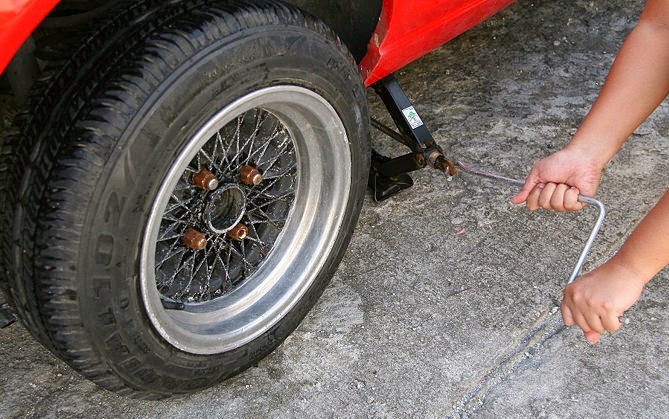 Eating while driving is, however, one of the most common forms of distracted driving. With a fast-paced modern life and drivers rushing from one responsibility to another fast food and
Eating while driving is, however, one of the most common forms of distracted driving. With a fast-paced modern life and drivers rushing from one responsibility to another fast food and
Read More
What are jackknife crashes and how can we adjust our driving to prevent these crashes? We approached a few industry experts on driver training and crash investigation to gain some important insights! What is a jackknife crash and how does it happen? Jackknife crashes are, unfortunately, among the
Read More
The Arrive Alive website supports those individuals and institutions who take the initiative to arrange road safety conferences in South Africa. We believe that this contributes to greater awareness of road safety and could assist in planning effective road safety strategies. 14th Annual Leadership
Read More
Load More Pages
').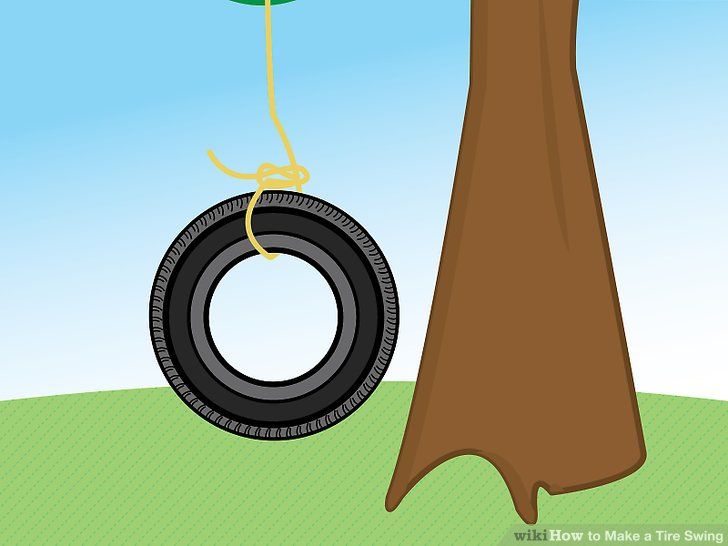 insertAfter("#intro"),$('
insertAfter("#intro"),$('
').insertBefore(".youmightalsolike"),$('
').insertBefore( "#quiz_container"),$('
').insertBefore("#newsletter_block_main"),ia(!0),b=document.getElementsByClassName("scrolltomarker"),a=0;a
In this article:
Steps
Additional articles
Have you ever been stuck on the side of the road with a flat tire? Want to learn how to change a tire without asking anyone for help? Luckily, changing a tire is pretty easy, as long as you're willing to put in a little effort.
1
Find a level, firm and safe place to change the tire. You will need a solid surface that will prevent the machine from rolling. If you are near a road, park as far away from traffic as possible and turn on your hazard warning lights. Do not stop on soft ground and on a hill.
2
Apply the parking brake and place the machine in neutral. If you have a standard transmission, put your car in first or reverse gear.
3
Place a heavy object under the wheels (e.g. a rock or spare tire).
4
Remove the spare tire and jack. Place a jack under the car frame near the wheel you want to change. Make sure the jack is in contact with the metal part of the car frame.

5
Raise the jack until it supports (but does not lift) the vehicle. The jack must be firmly fixed under the bottom of the vehicle. Make sure the jack is directly perpendicular to the ground.
6
Remove the cap and loosen the nuts by turning them counterclockwise. Do not unscrew them completely, just loosen them. Leave the wheel on the ground while loosening the nuts so that the nuts turn, not the wheel itself.

7
Jack up the vehicle. You need to lift it high enough to be able to remove the flat tire and change it to the spare.
8
Completely unscrew the nuts from the flat tire. Loosen the nuts by turning them counterclockwise. Repeat for the rest of the nuts and unscrew them completely.
9
Remove the wheel. Place the flat tire under the car so that the car will fall on the old tire if the jack breaks or moves. You shouldn't have these problems if you place the jack on a hard, solid surface.
10
Place the spare wheel on the hub. First align the spare wheel and then tighten the nuts.
11
Tighten the nuts by hand until they are tight. At first, they should turn fairly easily.
12
Lower the car slightly, but in such a way that the wheel is not heavily loaded. Tighten the nuts as hard as you can.
Tighten the nuts as hard as you can.
13
Lower the vehicle completely to the ground and remove the jack. Finish tightening the nuts and install the cap.
14
Put the old tire in the trunk and take it to the curing. Find out the amount of her repair. For small punctures, they will usually require less than $ 15 (in America). If the wheel cannot be patched, they can scrap it and sell you a spare.
Advertising
 In this way, you will reduce the risk of possible back injury by allowing you to use your entire body weight, and not just the strength of your arms. It is best to press on the edge of the key. You can even push with your foot, but remember to keep your balance and lean against the car.
In this way, you will reduce the risk of possible back injury by allowing you to use your entire body weight, and not just the strength of your arms. It is best to press on the edge of the key. You can even push with your foot, but remember to keep your balance and lean against the car. Advertising
 Every year, hundreds of people die changing a tire on the side of the road. Do this only as a last resort.
Every year, hundreds of people die changing a tire on the side of the road. Do this only as a last resort. Advertisement
Other languages
Have you ever been stuck on the side of the road with a flat tire? Want to learn how to change a tire without asking anyone for help? Luckily, changing a tire is pretty easy, as long as you're willing to put in a little effort.
This page has been viewed 15,834 times.
Advertisement
Do you know how to change the oil in your car? How about knitting a scarf? Or how to make compost?
If you need help with household chores, the Internet is full of guidance. But what sites should you turn to when you need advice? Here are 12 practical sites that everyone should bookmark.
wikiHow is a collaborative site that allows anyone to submit an article on a topic of their choice. And since this is a wiki, other authors may update and correct snippets to make them more accurate and/or complete. Indeed, according to the site's own literature, the average article is edited by 23 people and reviewed by 16 people.
The list of categories is huge. Among them are arts and entertainment , philosophy and religion , sports and fitness , home and garden , finance and business .
Study Guide is a practical site with seven categories: diagrams, workshop, craft, cooking, life, street and teachers .
Projects on the site have varying degrees of complexity, but there are also varying degrees of "tomfoolery". At one end of the scale, there are some really useful creations like outdoor steel fire baskets and kids games. On the other hand, we're not sure how many people really need a scrap metal polar bear in their lives.
eHow is similar in content to wikiHow. The main difference is that eHow has an authoring team rather than a public wiki.
The site is divided into six categories: home decor and renovation , crafts , food and drink , garden , fashion and beauty and holidays . The content includes video tutorials, which you can also see on their YouTube channel.
YouTube is easy to overlook - it's not what many people think of when considering the best practice sites on the internet.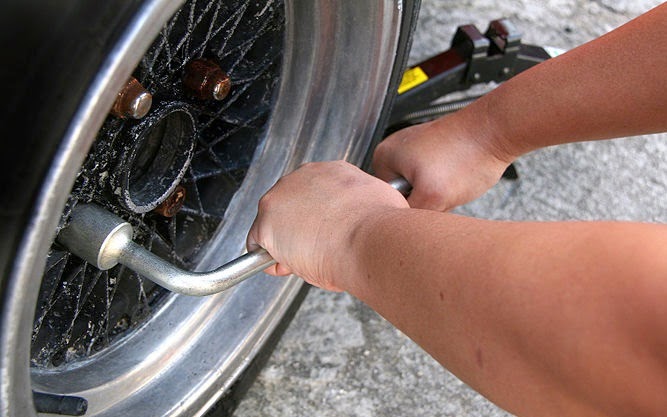
But if you don't check it, you'll miss out. There are thousands of channels dedicated to every topic imaginable. The trick is to find the right one and then examine its playlist.
Reddit has millions of how-to posts in its sister publications. However, there is also a subreddit specifically for how-to people's requests.
Users post instructions on how they encounter and readers post their tips and suggestions. There is no limit on the type of advice people can request, with the exception of adult entertainment.
A quick scroll through of the top posts at the time of writing shows people offering practical advice on topics as diverse as sneaker cleaning and copper bowl polishing.
Acme How To (which thankfully has nothing to do with Road Runner and Wile E. Coyote!) is a DIY-oriented how-to site. Generally speaking, the content is divided into three categories: improvements , repairs and decorations .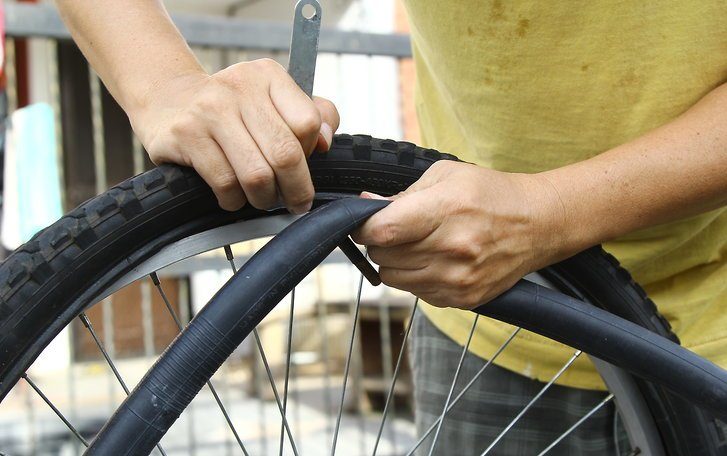
Almost every conceivable aspect of home DIY has its own subsection. For example, you can use Acme How To to learn how to pour, paint, lay the floor, control pests, and more.
The site also has a small review section to make sure you're buying the best tools for the job.
Cars can be confusing. And more importantly, they can also be extremely expensive to maintain.
But it shouldn't be like that. If you spend some time self-taught, you can save a fortune and have fun at the same time.
If you're looking for a practical site for cars, take a look at how a car works. The site has partial explanations, incomplete guides. All information is divided into such subsections as brakes , electrics , fuel , steering , suspension and other automotive topics. Many instructional videos require payment.
If you're more into arts and crafts, Craft Stylish is a hands-on site to bookmark. Here you will find instructions and videos on topics such as sewing, embroidery, jewelry making, knitting, paper and crochet.
Here you will find instructions and videos on topics such as sewing, embroidery, jewelry making, knitting, paper and crochet.
The site also allows you to create a personal profile. You can use it to interact with the community and resolve your practical questions and requests.
If you're looking for how-to articles on as many topics as possible, HowToDoThings is probably the site for you.
There are 18 categories to browse. They cover cars, pets, travel, careers and everything in between. This means that on the same site you will find articles on how to stretch before dance lessons and how to get a housing subsidy for the first buyer.
Instead of posting your own content, Hackr.io is a repository of how-to articles that have been bookmarked from other sites. As the name suggests, all content is focused on programming and coding.
You'll find tutorials and how-to guides for subjects like Python, C++, PHP, Google Analytics, Alexa and even Bitcoin.
Users can submit new content; the site deploys an upvote/downvote system that is similar to Reddit.
Snapguide is another hands-on community site. Categories on Snapguide include Arts & Crafts, Food, Lifestyle, Deserts and Automobiles. There are how-to guides for everything from how to change a tire to how to bake a birthday cake.
Although the site is great, Snapguide is primarily aimed at mobile users. People can add their own instructions through the app's simple interface. It allows you to take photos, record videos and add text to the backup.
We'll end some shameless self-promotion. If you need to know how to do things in the tech world, this should be your first port of call. We've published how-to articles on everything from Android Auto to Tinder.
We think we're the best and we're sure you'll agree if you take the time to explore our content.
The 12 sites we've listed cover a wide range of topics and hobbies, but we know our selection is far from exhaustive.